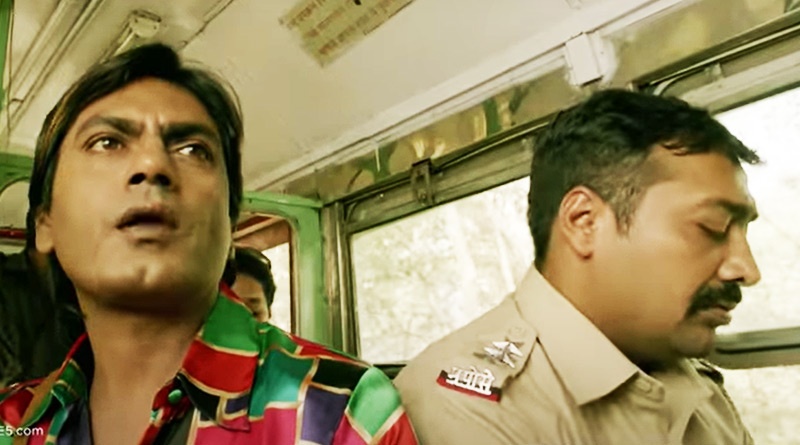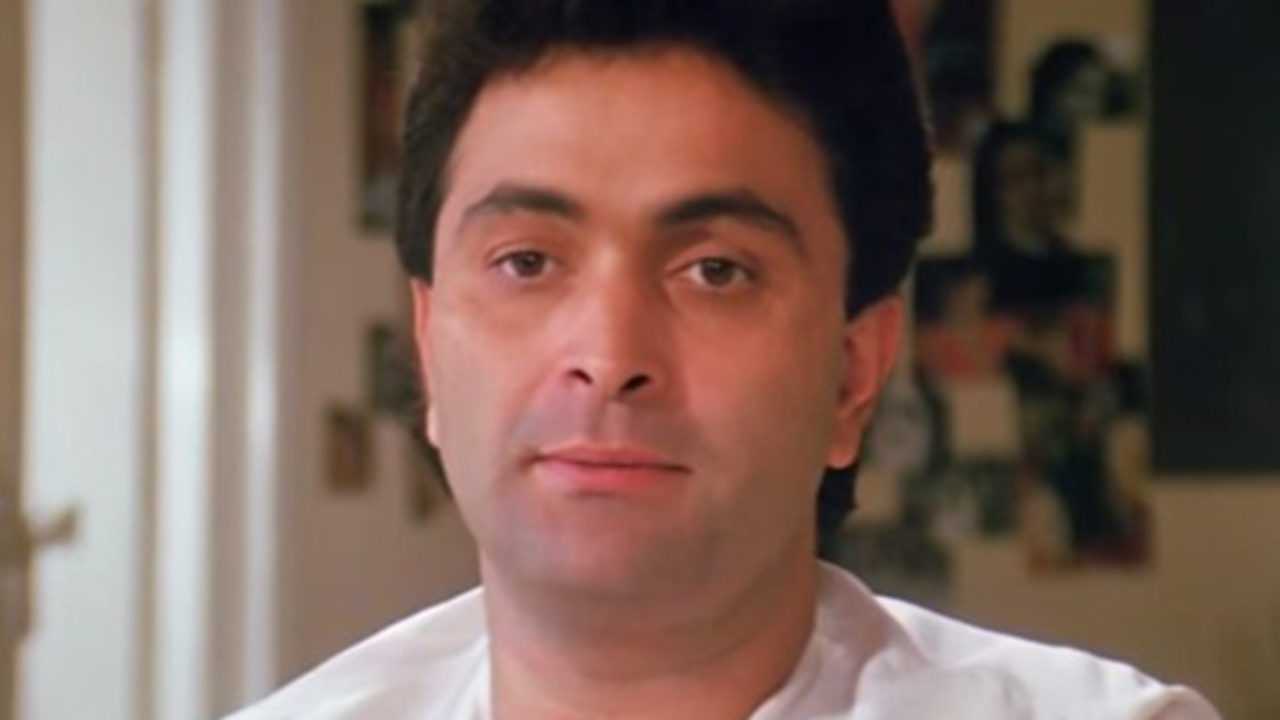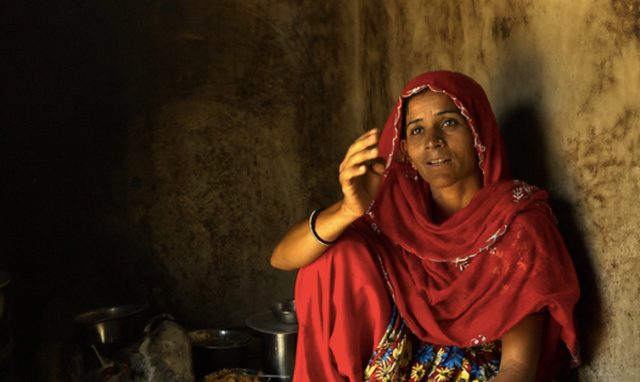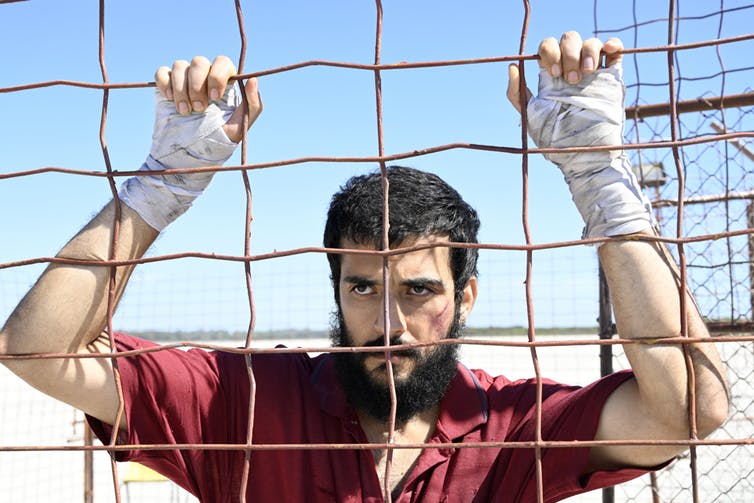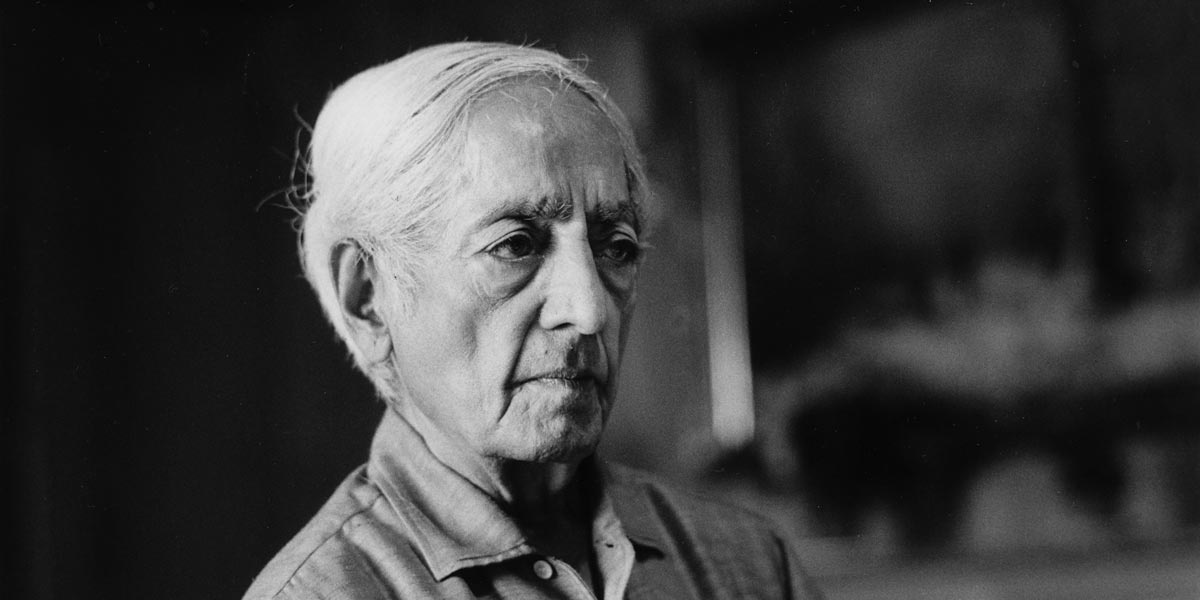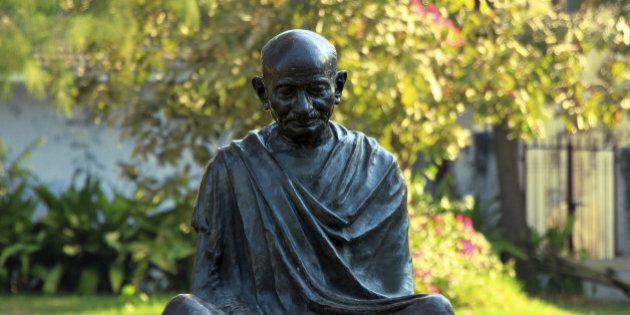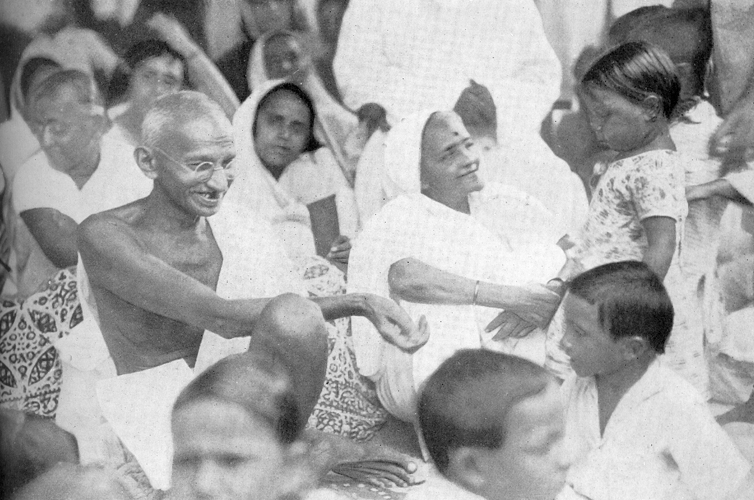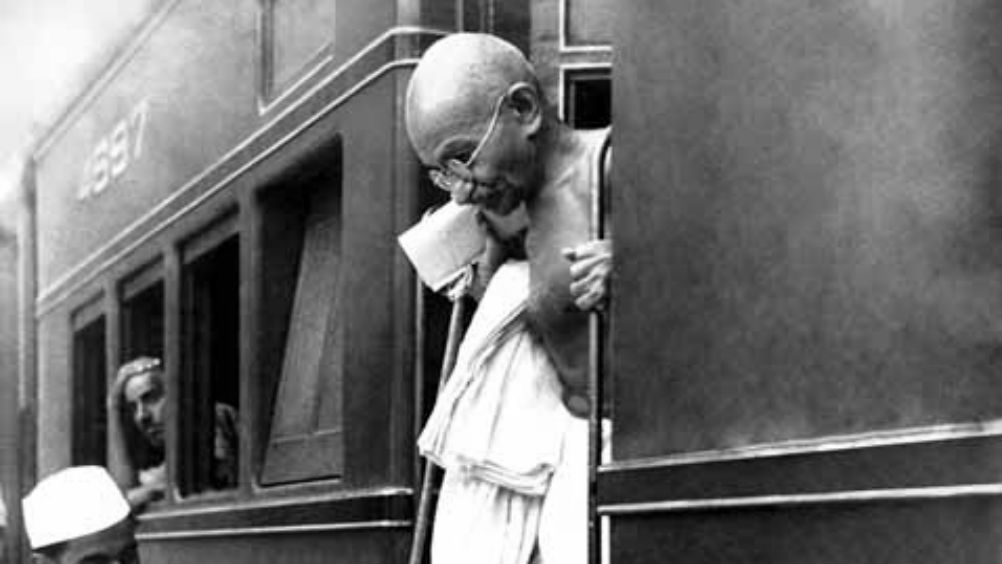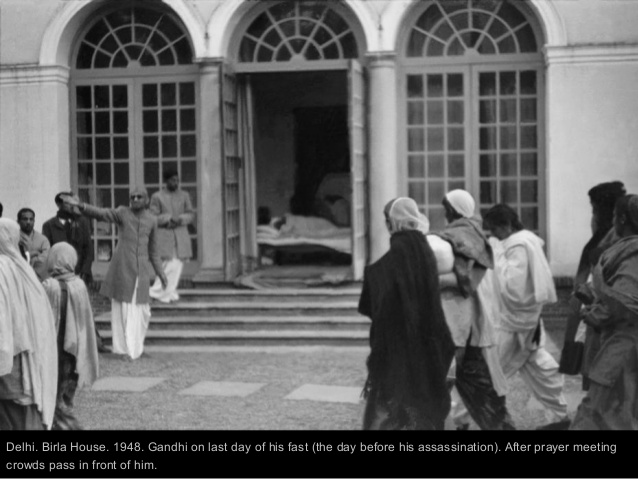FILM REVIEW
102 Not Out is a recent Hindi film directed by Umesh Shukla, starring among others Amitabh Bacchan and Rishi Kapoor. The film deals with the notions of old age and expectations from aging people in the context of the lives of three men who view it differently.
Richa Goswami worked with Vidya Bhawan Education Resoure /Centre from 2008 to 2015.

In a country considered to be young by the census, exploring the ideas around old age is a departure from the norm. 102 Not out is one such cinematic experiment. This is yet another beautiful film based on a Gujarati play.
It deals with the ideas of age, elderliness, life, death and the loneliness of the growing years.
The film directed by Umesh Shukla, starring Amitabh Bachchan, Rishi Kapoor and Jimit Trivedi explores how the will to live a quality life can overcome both physical decline and undermine factors like loneliness.
The film revolves around four men, three of whom are present and the fourth only marked by his absence. Dattatray, a lively 102 years old man, expresses his desire to be the oldest living person in the world.
Babulal, his 75 year old son is leading a cautious life embracing his old age with utmost seriousness and is neither happy nor sad and has no major expectations from life.
Dhiru is a simple, devoted worker of a nearby chemist shop and doubles up as the Man Friday for Dattatray. Amol is Babulal’s son who has settled abroad and seems to have made no effort to visit while his mother was dying or to see his aging father now. In this small scope, the film explores the big ideas of death and meaning of life through the choices of these four individuals and their relationships.
India is a country of interesting contradictions. On one hand, it is expected that the young will revere, obey and take care of the elders and on the other hand the old are expected to prepare and wait for death.
This transition of the elderly from being productive and revered to preparing for death happens in a matter of a few years. With medical advancement the life expectancy for most people has increased and this is leading to a global trend in the increase in numbers of people above 65 years.
At the same time considering the number of unemployed youth there is a great pressure to let go of the old and let the young replace them. We have no plan in place to engage the physically and mentally fit, experienced and learned senior men and women in productive ways. Often people who take up employment post retirement take it up at a much lesser remuneration than what they were working on. This may be fine for people who have the security of a pension but that number is constantly decreasing. The other obvious role that the old are expected to fulfil is caregiving for their grandchildren.
There are many facets to be understood with respect to old age and the film touches upon some of them. For instance, the film challenges the correlation between age and being old.
At a personal level I understood the relation/disconnect between these two when I saw one of my parents grow old in a matter of one year. His illness took a toll on his physical abilities and towards the end on his will power. He aged faster than the passage of time.
Interestingly it was another film with Amitabh Bacchan playing the lead which delinked this connection in a much drastic way. In the film ‘Paa‘ Amitabh portrayed a physically old teenager.
The important thing is to dissociate the physical age, mental age and the chronological age. It is clear that among these three the chronological age, though the most accurate number, is the most inaccurate basis of making judgement about a person. Are you ready to get married just because you are 21, too old to bear children if you are 31, past your productive age if you are 61?
The other aspect of being old is the wait and preparation for death. In the Indian psyche there seems to be a disconnect between the years of active living and that of passive living. This may have its roots in the Hindu social organisation of Ashram Vyavastha.
In the years of active living one is too engaged in ‘living life’- making money, raising children and contributing to the society in different ways.
In this period ‘the end justifies the means’ is the basis for most actions and people justify most corrupt activities as essential for life. But at the far end of life there is an emphasis on engaging in religious activities, going for pilgrimages and other things that would ensure a better after life.
Since active living is supposed to be over, and the countdown has begun it is expected that they would now worry about after life.
In this model of life the idea of living in the present moment, in the here and now, seems to be totally absent.
The third important idea is about the duties of a good son. The craze in Indian families for a son is linked to their hope of care and company in the old age (and the belief that they would attain heaven only if cremated by their sons).
The degrees of expectation differ from individual to individual and are also changing with time. Yet when the children start living their lives in oblivion of their parents, the sense of disappointment is acute. The film shows Babulal living that disappointment on a daily basis. The film reminds us that instead of depending and feeling disappointed by the unavailability of blood relations one can make one’s own relations to seek and provide support and lead a fulfilling life.
The lessons of life from a dying person in this movie, remind us of the classic film ‘Anand’. While one film shows a person who died too young but lived a full life irrespective of the number of years spent, the second one shows a person who grew old but neither stopped living life, nor converted the living years into a waiting period for death.
Thoughts of death teach lessons of life more effectively than any teacher. It motivates one to seize the day and make the most of life.
Another quote-worthy dialogue from the film, “Marne ke to main sakht khilaaf hoon. Main meri zindagi mein ek baar bhi nahi mara. Yaad rakhna, jab tak zinda hai tab tak marna nahi.”



